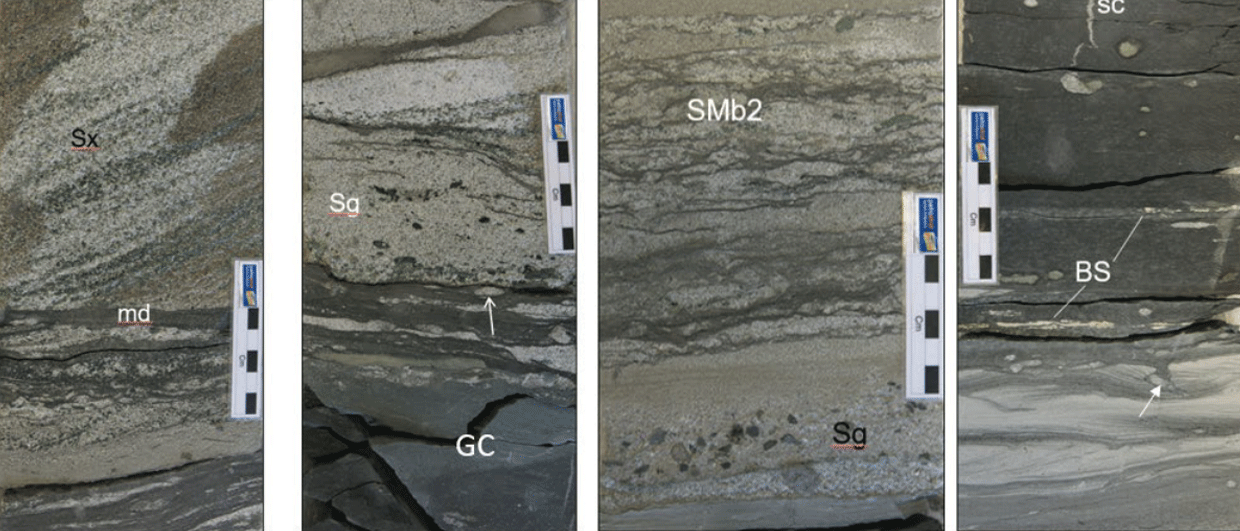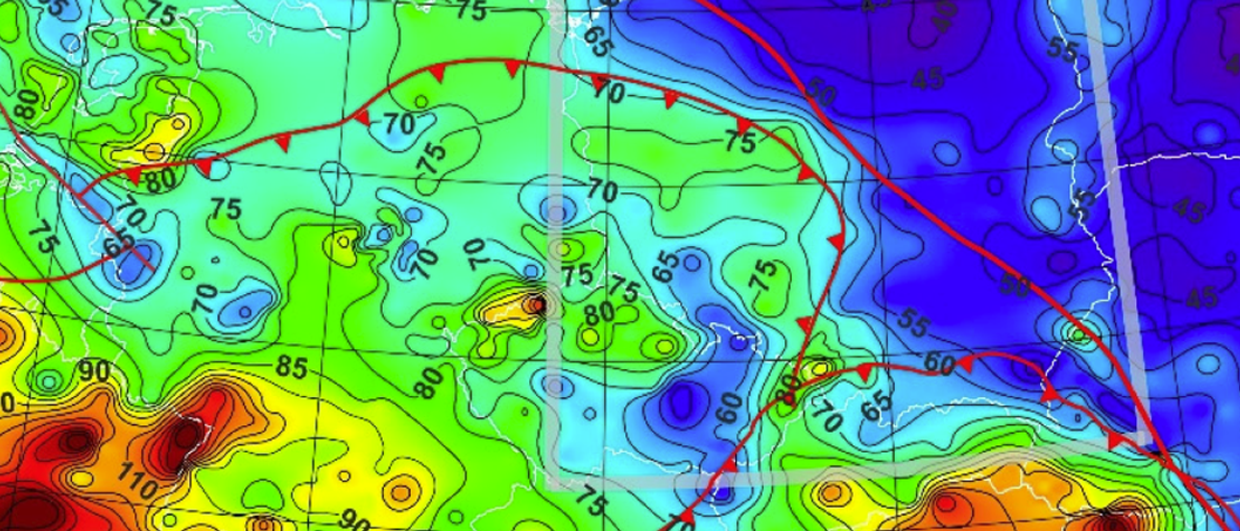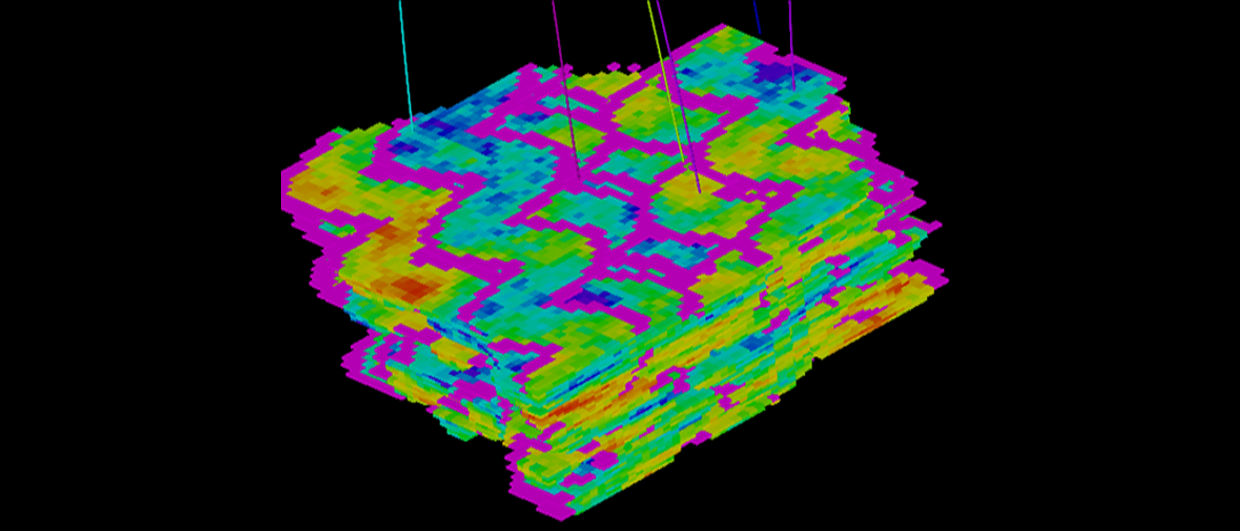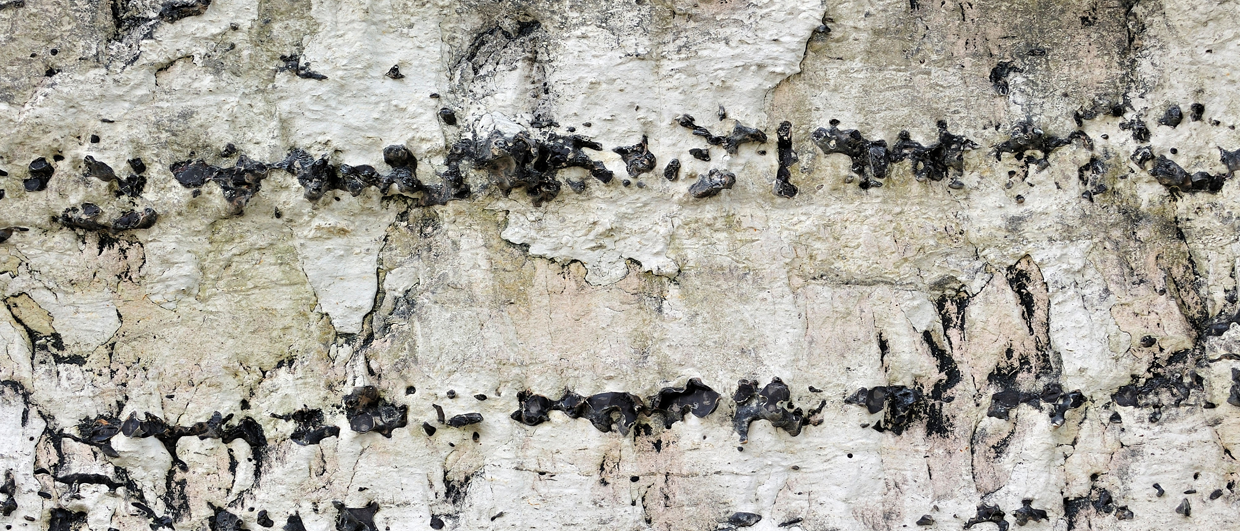A Minute to Read: Following the devastating Gorkha earthquake that shook Nepal in 2015 there has been an intensification of earthquake research on and beneath Mounth Manaslu.
Manaslu (8,163m), the eighth highest mountain in the world. Source: Danny Clark Lowes.
Following the devastating Gorkha earthquake that shook Nepal in 2015 there has been an intensification of earthquake research. The sudden and catastrophic brittle fracture at the hypocentre of the Gorkha quake involved movement on the Main Himalayan Thrust. This important low angle fault deepens northwards beneath Mount Manaslu and on beneath Tibet. Lateral displacement on it is estimated to have been 3m or slightly more at a depth of between 8 and 15 kms within the crust.
Other research has shown that adjacent to a branch of the Main Himalayan Thrust, called the Main Central Thrust, not only was there fault movement but, in the past, melting and mobilisation of the crust. This partial and total melting saw the development of migmatites and leucogranites which cooled and crystallised as, responding to horizontal compressive forces, they ‘flowed’ laterally southwards and upwards to what is now the surface. One of the most spectacular exposures of this white tourmaline-rich leucogranite is a 3,000m high cliff at Manaslu.
Thanks in large part to the efforts of international charities, much of the 2015 damage to villages in the region has now been repaired, though further aid is still required.
Further Reading on Global Earthquake Activity
Some recommended GEO ExPro articles relating to earthquake activity around the world.
Induced Earthquake Hazards Finally Addressed
Thomas Smith
The US Geological Survey just published their first seismic hazard forecast to include both induced (human-caused) and natural earthquakes, identifying populated areas in the centre of the US that could be shaken by induced seismicity.
This article appeared in May, 2016
On Shaky Ground Induced Earthquakes
Thomas Smith
Over the last decade, certain oil and gas producing areas have come alive, experiencing an escalating number of felt earthquakes, some even large enough to cause property damage.
This article appeared in Vol. 13, No. 3 – 2016





